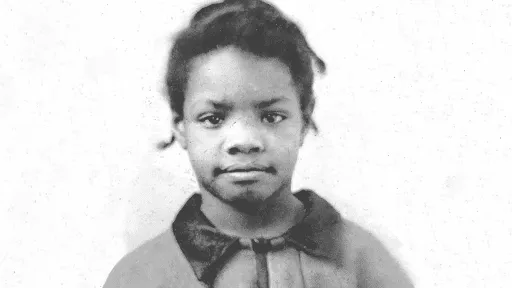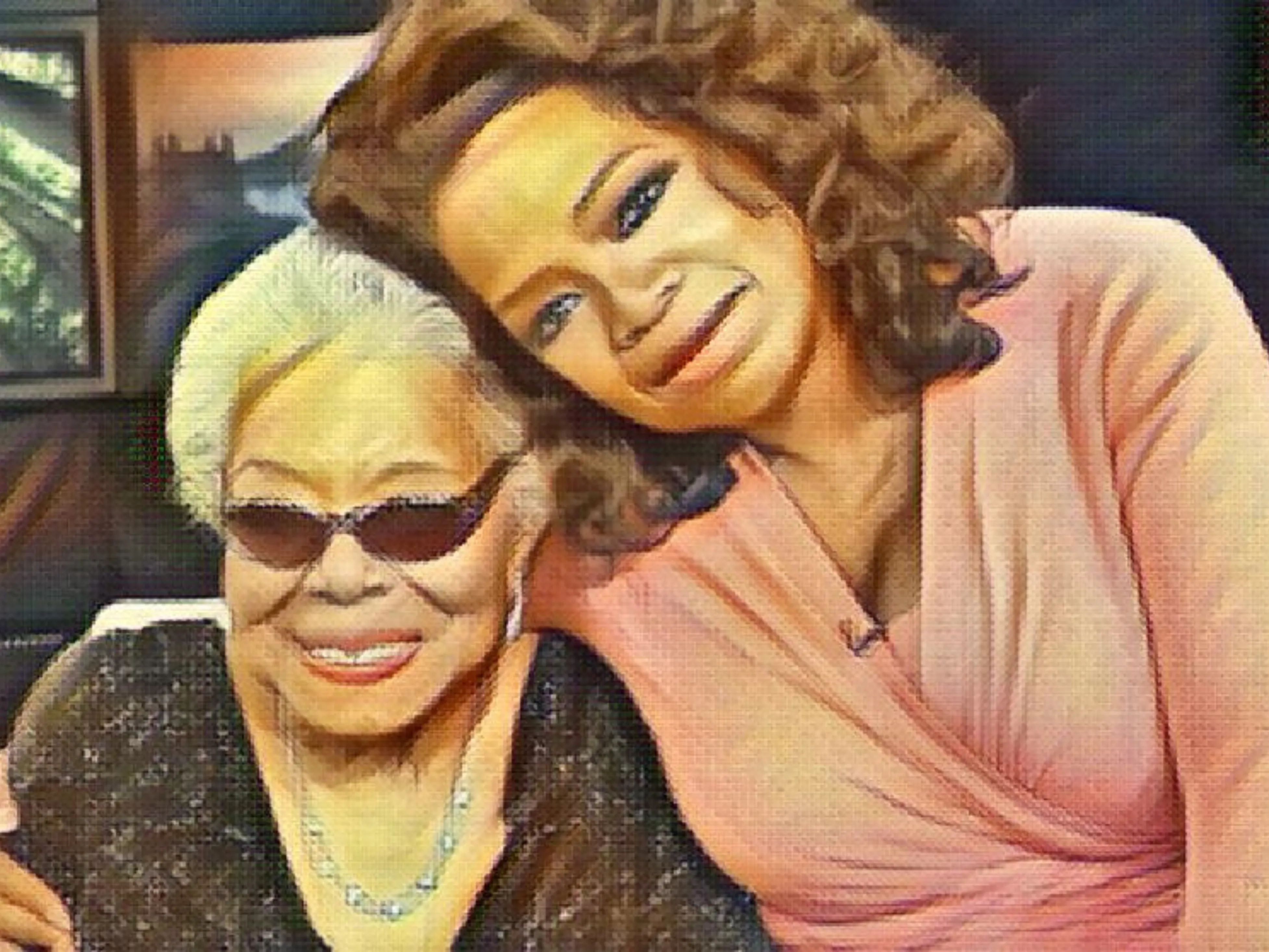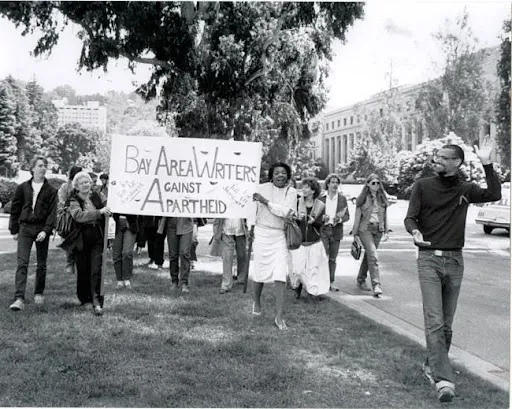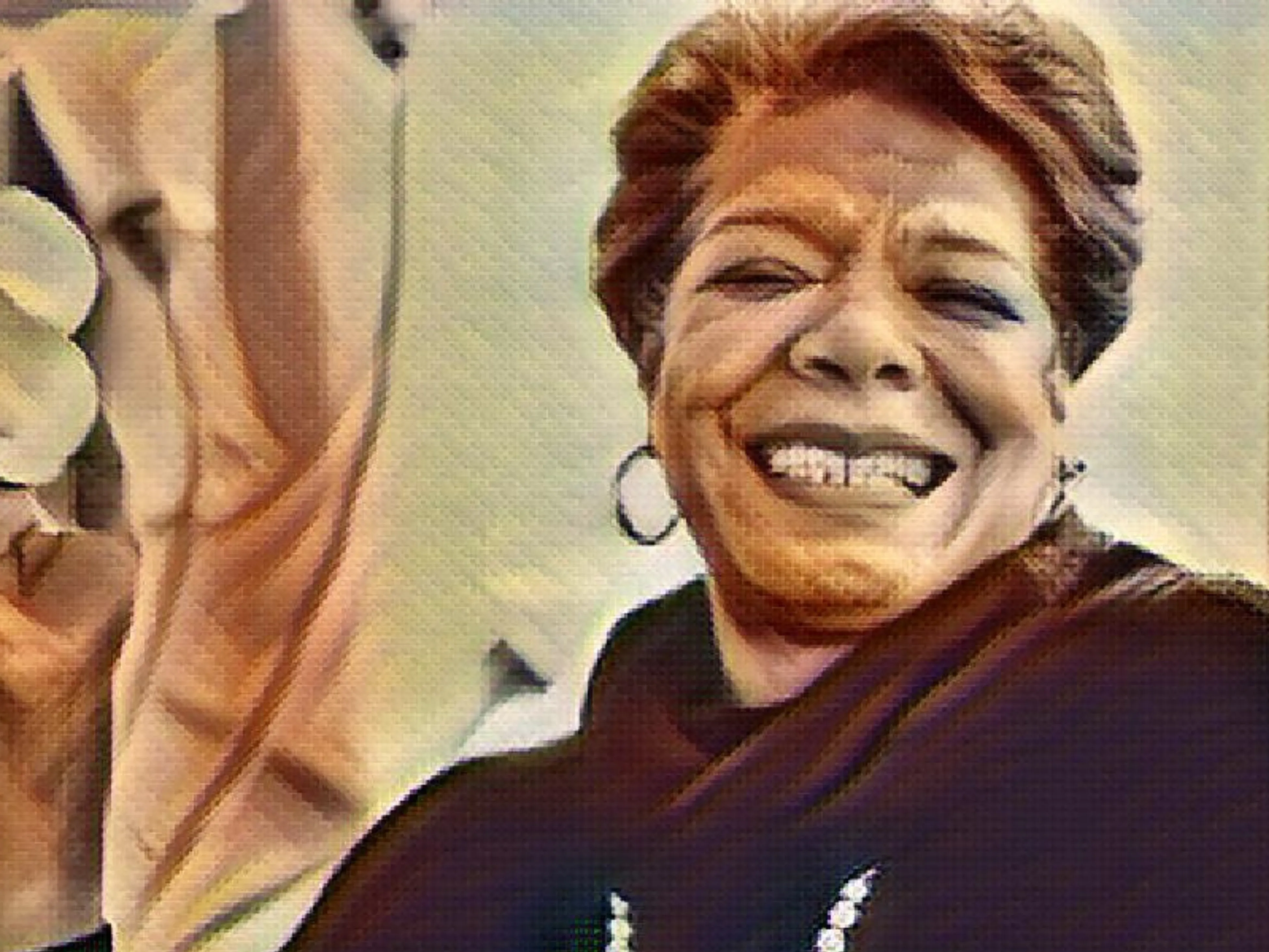MAYA ANGELOU, WORLD RENOWNED PROLIFIC SPEAKER, AUTHOR AND ACTIVIST
By Amaya Henry | March 2023
Although she is one of the most renowned writers and speakers of this generation, there is more to the civil rights activist than meets the eye.
Early Life
Maya Angelou, born Marguerite Johnson, made her way into the world in St. Louis, Missouri right before the great depression in 1928. Prior to her parents’ divorce, she spent the first few years of her life living in California before she and her brother Bailey were sent to live with her paternal grandmother in Arkansas at the age of three.
Although she was so young, Angelou was able to remember parts of the childhood journey to Arkansas as scary and traumatic, starting with being sent to live with her grandmother. Angelou shared in media interviews about her young life that she and her brother were put on a train, without any adult companionship, just tags on their arms which said, “This child should be delivered to Miss Annie Henderson in Stamps, Arkansas.”
In addition, when visiting her mother in St. Louis at the age of seven, Angelou would travel between visiting her mother in St. Louis, her mother’s boyfriend sexually assaulted her. She confided in her brother, who told the family. However, her assailant spent only one day in jail and upon his release was murdered by a vigilante.
Believing that her speaking out got him killed, Angelou began to fear the power of her voice, calling it “a killing machine and didn’t speak again for the next five years. This experience became the basis for her autobiography, “I Know Why the Caged Bird Sings.”
Keenly interested in learning, Angelou read and studied all the books and literature that she could get her hands on, sharing in interviews about her life that she believed that since the part of her brain dedicated to speech was inactive, her memory had became profoundly developed. This allowed her to accomplish exceptional feats like becoming fluent in six languages.

Maya Angelou as a child
Credit: Maya Angelou Website
It wasn’t until her teacher, Bertha Flowers, explained to Angelou the importance of words and the human voice was to using words effectively to “infuse them with the shades of deeper meaning”, that Angelou began speaking again.
This led to Angelou speaking her poetry aloud, which only deepened her blossoming love for both poetry and literature alike. This appreciation would only continue to grow throughout the rest of her life.

Credit: Oprah.com
When she was 16-years-old she became pregnant with her only son, Guy Johnson, while she was still in school. Yet, she didn’t let her pregnancy keep her from finishing school. After she graduated, she moved out of her mother’s house and began working odd jobs to support her son. Shockingly, she never attended college, but has received multiple honorary degrees as a result of all she accomplished.
In the 1950s Angelou began to study dance and began working with acclaimed dancer Alvin Ailey. Proceeding this she shortly studied African dance under famed choreographer Pearl Primus in New York City before moving back to San Francisco.
Back in San Francisco, she began dancing cabaret at the Purple Onion and thus “Maya Angelou” was born, combining her childhood nickname with the last name of her former husband, Tosh Angelos. Following the name change, her career took off and she toured throughout Europe and Africa with a production of Porgy and Bess from 1954-1955.

Upon her return to the United States, her performances allowed her to meet many influential artists and writers like Langston Hughes and John Oliver Killens. It was Killens who ended up telling Angelou to move to New York City to start her writing career. This is where she began to publish her first pieces of writing.
Soon after moving to New York City, she met Dr. Martin Luther King Jr., and joined in the fight for racial equality. Her writing skills and her ability to unite people didn’t go unnoticed, and she was appointed the new director of the Southern Christian Leadership Conference’s New York office. There she worked closely with King to organize events and raise funds.
Activism
Angelou’s involvement in the freedom fight began to expand to the international level. She and her family moved to Cairo, Egypt, and later to Ghana to continue the fight against apartheid. Although she was overseas, this didn’t stop her from continuing to fight for civil rights in the United States. For example, during King’s historic March on Washington in 1963, she participated by marching outside of the American Embassy in Accra to show her solidarity.

Credit: Zinn Education Project
While she was in Ghana, civil rights leader Malcolm X was also residing there. The two met and began to collaborate. In 1965, Angelou returned to America to help Malcolm X create the Organization of African American Unity. Unfortunately, shortly after their movie back to the states, on February 21, 1965, Malcolm X was assassinated.
Following Malcolm X’s death, Angelou began to work again with King to organize a new march. However, before their plans could get up and running King was assassinated just three years later and on Angelou’s 40th birthday. For years following, she refused to celebrate her birthday and instead visited King’s widow Coretta Scott King.
Film and Writing Career
Angelou turned her pain into art as she wrote, produced, and narrated the renowned 10- part documentary series, Blacks, Blues, Blacks! Knowing this series was only scratching the surface of the immense talent Angelou possessed, writer James Baldwin and editor Robert Loomis encouraged her to write her autobiography.

Credit: BBC
“I Know Why the Caged Bird Sings” became a critically acclaimed memoir and went on to become a National Book Award nominee, a Literarian Award winner, listed on TIME magazine's All-TIME 100 Nonfiction Books, and been on the New York Times list of best-selling books several times.
While Angelou is known for being an exemplary writer, she also made waves in the film industry. By writing the screenplay and soundtrack for the 1972 film Georgia, Georgia starring Diana Sands and Dirk Benedict, she became the first African American woman to have a screenplay produced.
In addition, she also tried her hand at acting in the ground-breaking miniseries, “Roots,” where she played Nyo Boto, and at directing with Down in the Delta.
However, teaching became an area which was most fulfilling and in 1981 Angelou became a professor of American Studies at Wake Forest University in Winston-Salem, North Carolina. She taught a wide variety of classes ranging from “African Culture and the Impact on U.S.” to “Shakespeare and the Human Condition.”

Angelou said that becoming a professor at Wake Forest had a definite impact on her, sharing , “I’m not a writer who teaches. I’m a teacher who writes. But I had to work at Wake Forest to know that.”
Internationally revered, Angelou counted people like Media Mogul, Oprah Winfrey, President Barack and Former First Lady Michele Obama, as friends. As a political and social activist, author, actor, playwright and director, teacher and a mother, Maya Angelou did it all, leaving a huge global imprint on everything she touched. Over her expansive career, she wrote seven autobiographies, three books of essays, several books of poetry, and is credited with a list of plays, movies, and television shows.
In 2010, Angelou she donated her personal papers and memorabilia to the New York Public Library’s Schomburg Center for Research in Black Culture in Harlem. She is still being recognized today as just recently in 2022, The Maya Angelou Quarter became the first coin in the American Women Quarters Program, which celebrates the accomplishments and contributions made by women of the United States.
Angelou passed away at the age 86 in 2014, but her literary works continue to live on a as example of triumph over tragedy.

Follow Us On
Contact
© 2023-2022 Celebrity Boss Inc., All Rights Reserved.